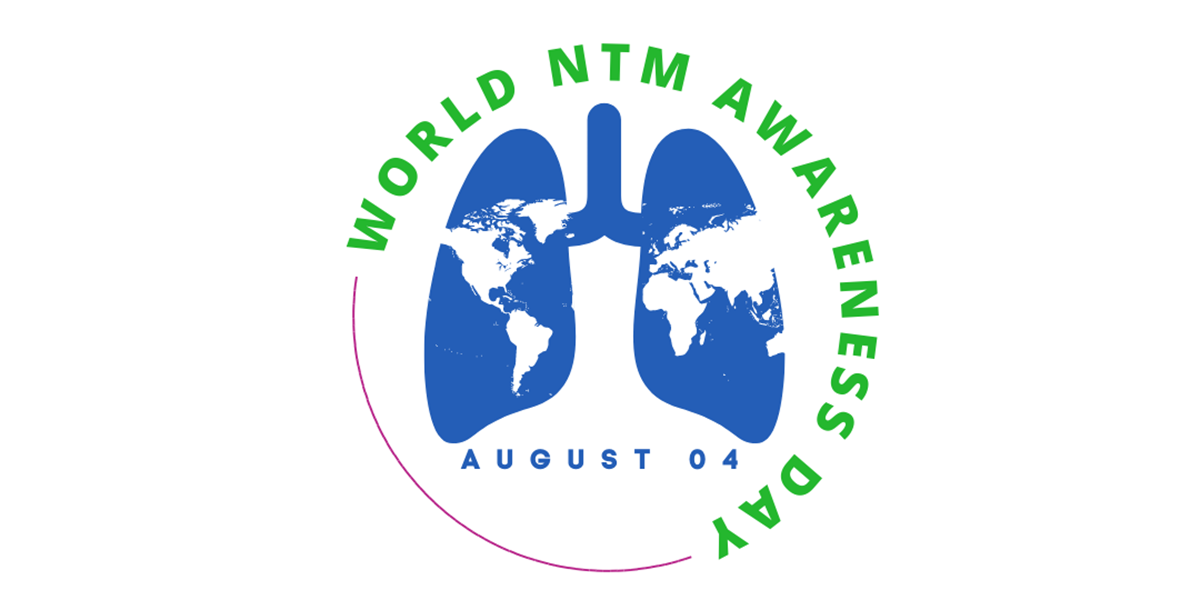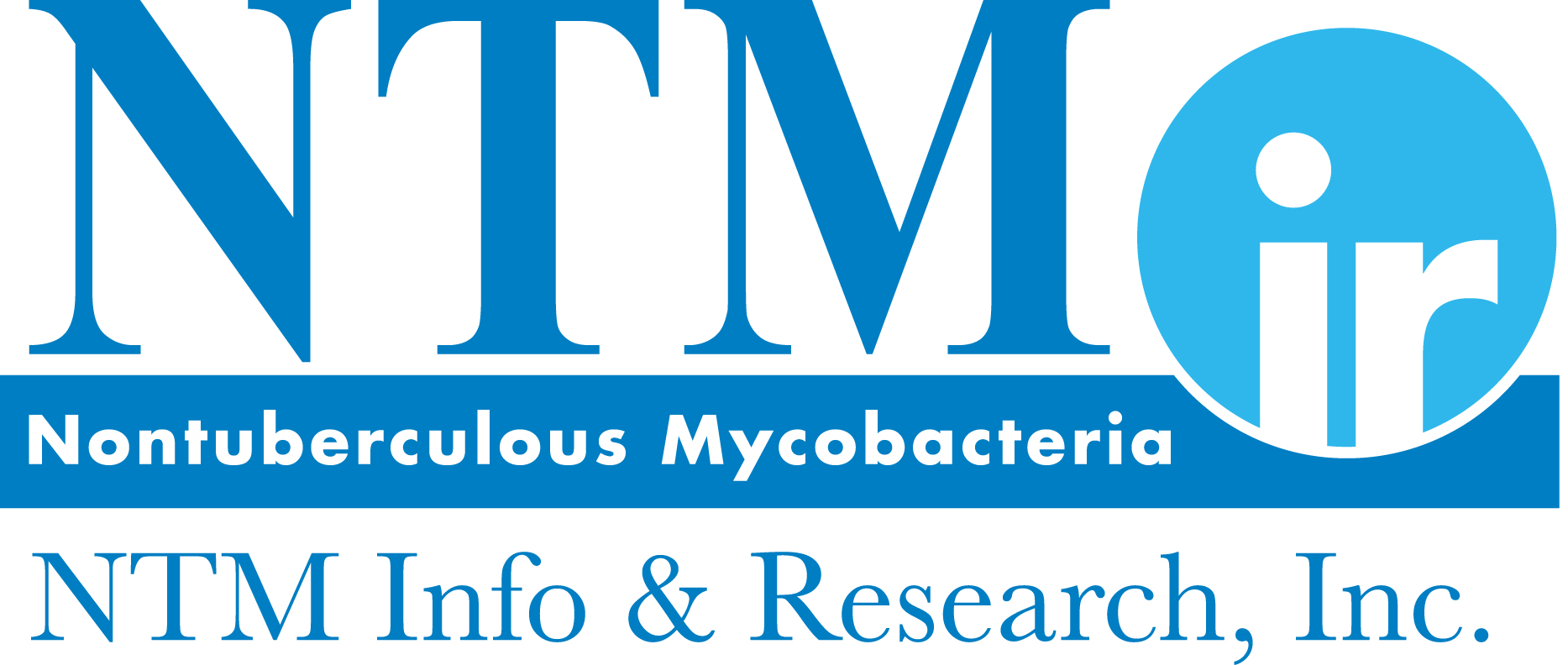What is NTM?
“NTM” is short for Nontuberculous Mycobacteria. You may have heard of it by another name, such as MAC (M. avium complex), atypical TB, or MOTT (mycobacterium other than tuberculosis). NTMs are naturally occurring bacteria in the environment (such as in water and soil) affecting several thousands of people each year in the U.S. It is estimated the number of people in the United States that have NTM lung disease is as high as 220,000, and the number of new cases is growing by 8% each year.1,2 The rate of infection increases significantly in populations over the age of 65.2
To learn more about NTM, watch the video below.
There are up to 200 identified species of NTM, though many are not known to cause infection in humans. The species most often associated with NTM lung infections include M. avium complex (made up of M. avium, M. intracellulare, M. chimera. and others), M. abscessus, M. chelonae, M. kansasii, M. xenopi, and M. fortuitum.
Risk Factors
Risk factors for NTM lung disease include underlying pulmonary problems and prior pneumonia. Other lung diseases and conditions have been linked to NTM such as
- Bronchiectasis
- Cystic Fibrosis
- COPD
- Alpha-1 Antitrypsin Deficiency3
Diagnosis
After discussing your health history with your health care provider, you could be asked to complete a series of tests. Diagnosis of NTM lung infection is done with an acid-fast bacilli (AFB) smear and culture of two or more sputum samples, and a high-resolution CT scan without contrast.4 Because the bacteria grow slowly, the culture may take up to 6 weeks to get the final result. In some instances your health care provider may recommend a bronchoscopy.
Want to learn more?
There are several videos that can provide you with more information on the signs, symptoms, diagnosis, and management of NTM lung disease.
Do You Know About NTM Lung Disease (Part 1)
This educational video, features a person living with NTM lung disease getting advice from an expert in the field. Learn how therapy and treatment can make a difference for those with NTM lung disease in this first-hand account.
Do You Know About NTM Lung Disease (Part 2)
This educational video, features a person living with NTM lung disease getting advice from an expert in the field. In this video, the patient returns to her specialist for a follow-up. Learn what recommendations our expert has for her and what treatments will be recommended.
COPD Foundation’s Live Presentation on NTM Lung Disease (Previously Recorded)
The COPD Foundation hosted a live discussion with Dr. Addrizzo-Harris, a pulmonologist and professor of medicine at NYU Langone Health, and an NTM lung disease patient about the importance of early diagnosis, risk factors, signs and symptoms, and living with the condition. The event was streamed on Facebook and can now be accessed below.
More information about NTM lung disease can be found in the NTM Info & Research Insight brochure, which is available for download below in seven languages:
Advocacy and Awareness
Bronchiectasis and NTM 360 works closely with NTM Info & Research. As partners, both organizations are collaborating to bring more awareness to NTM lung disease by recognizing and supporting World NTM Awareness Day.

To learn more about NTM Info & Research, visit: http://www.ntminfo.org/.

References:
- Strollo et al. The Burden of Pulmonary Nontuberculous Mycobacterial Lung Disease in the United States. Ann Am Thoracic Soc Vol 12, No 10, 1458-1464 (2015)
- Winthrop KL, Marras TK, Adjemian J, Zhang H, Wang P, Zhang Q. Incidence and Prevalence of Nontuberculous Mycobacterial Lung Disease in a Large U.S. Managed Care Health Plan, 2008-2015. Ann Am Thorac Soc. 2020;17(2):178-185. doi:10.1513/AnnalsATS.201804-236OC
- Szturmowicz M, Oniszh K, Wyrostkiewicz D, Radwan-Rohrenschef P, Filipczak D, Zabost A. Non-Tuberculous Mycobacteria in Respiratory Specimens of Patients with Obstructive Lung Diseases-Colonization or Disease?. Antibiotics (Basel). 2020;9(7):424. Published 2020 Jul 20. doi:10.3390/antibiotics9070424
- Griffith DE, Aksamit T, Brown-Elliott BA, et al. An official ATS/IDSA statement: diagnosis, treatment, and prevention of nontuberculous mycobacterial diseases [published correction appears in Am J Respir Crit Care Med. 2007 Apr 1;175(7):744-5. Dosage error in article text]. Am J Respir Crit Care Med. 2007;175(4):367-416. doi:10.1164/rccm.200604-571ST